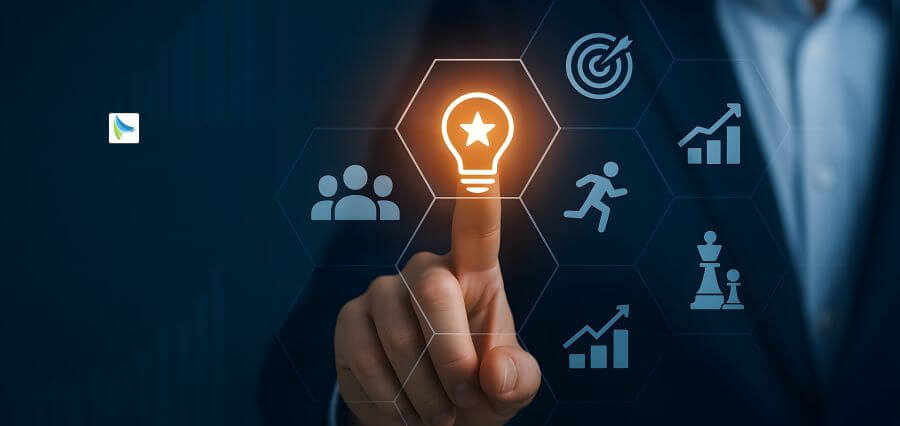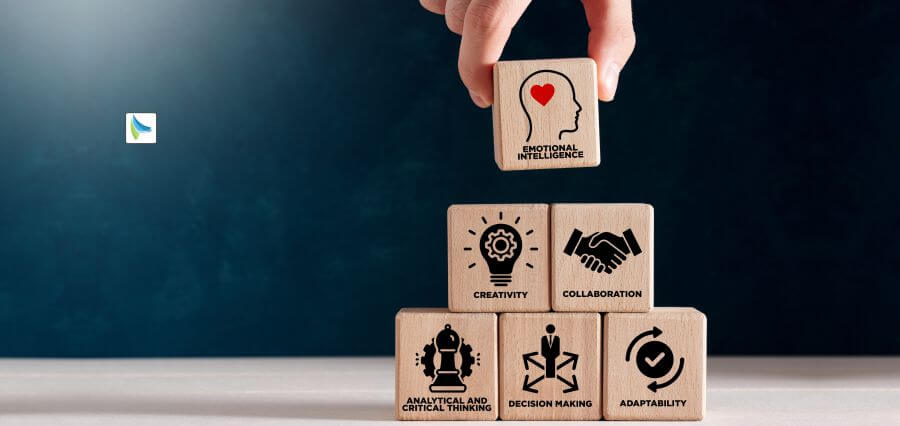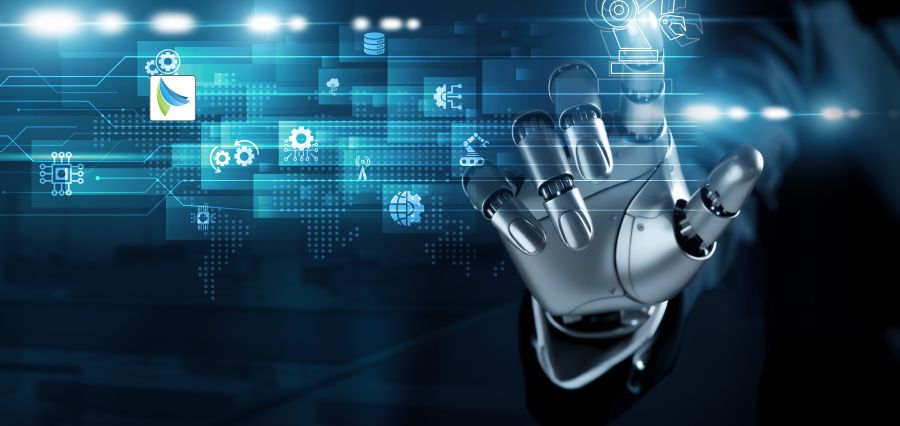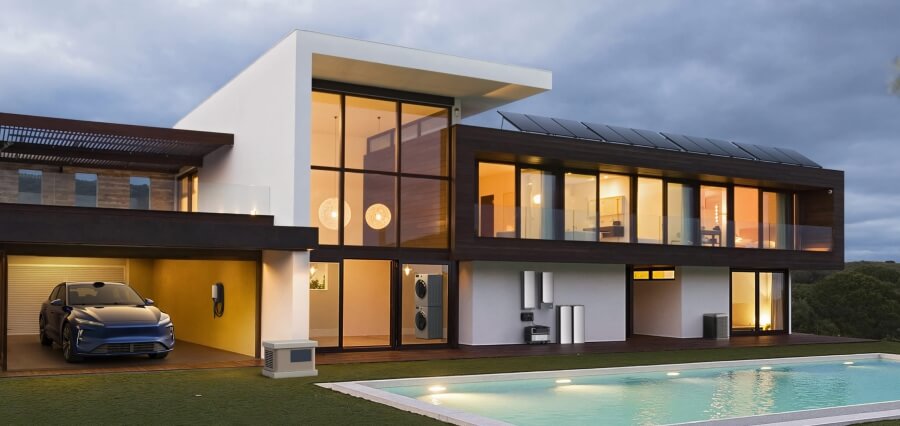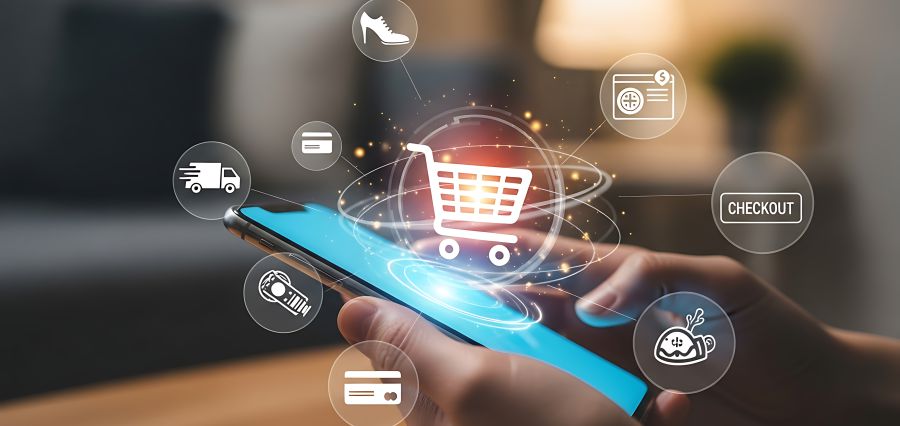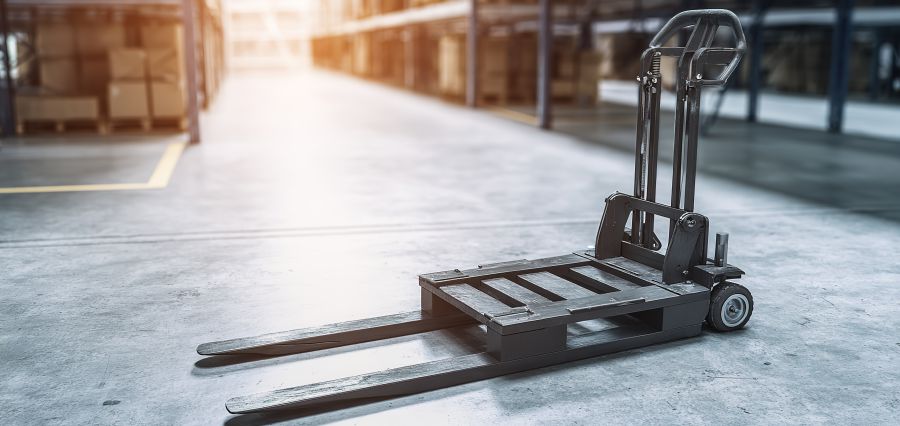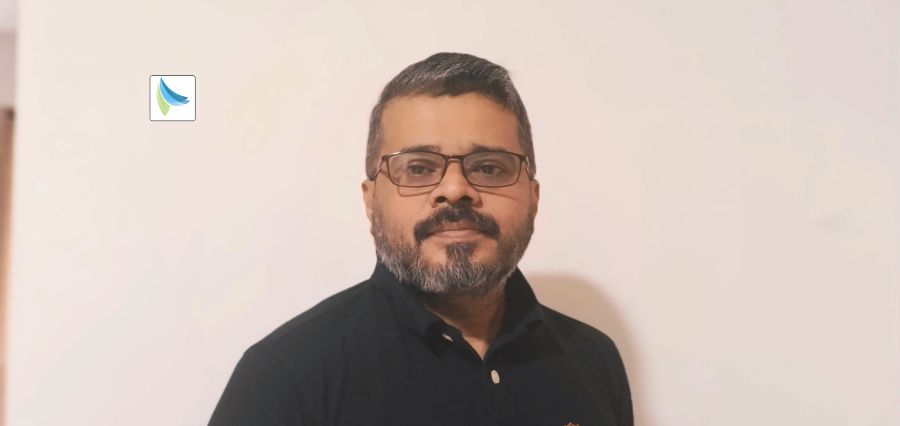For too long, our relationship with electricity at home has been passive. We flip a switch, plug in a charger, or turn on the AC without giving much thought to where that power comes from or what it costs us in the bigger picture. The grid has always just been there—a silent partner keeping everything running in the background.
But the world is changing, and so is our role in it. The grid we rely on is older, more stressed, and less reliable than ever. Add in extreme weather, rising costs, and the demands of smart devices and electric vehicles, and suddenly, the old model feels outdated.
Today, the story around home energy looks very different. Homeowners aren’t just flipping switches and paying bills anymore—they’re taking a real role in shaping their own energy future. And it’s not happening by accident. Smarter, connected systems are giving people tools that go way beyond simple backup power. Suddenly, you’re not just keeping the lights on—you’re in control. You decide how your energy is used, stored, and even shared. That shift means more independence, lower bills, and a lifestyle that feels far more in tune with both the economy we live in and the planet we depend on.
The first step in this journey is understanding the potential of a modern energy ecosystem—something that systems like the OCEAN Pro Solar battery storage are designed to deliver.
Financial and environmental benefits of intelligent systems
The most apparent advantage of a smart home energy system is financial. Electricity bills are one of those costs that creep upward every year. A well-designed solar-plus-storage setup changes that story. By capturing free energy from the sun and storing it for later, you cut your reliance on the grid. That means less exposure to peak-hour pricing spikes and, in many cases, a significant reduction in your monthly bill.
But that’s only part of it. In the U.S., for example, homeowners can take advantage of a 30% federal tax credit on storage systems and solar power for your home, plus state-level rebates, exemptions, or incentives. These programs can make the upfront investment much more manageable, sometimes cutting payback periods to just a few years. Instead of thinking about it as a sunk cost, more families are beginning to see it as an investment that delivers real returns.
Then there are the environmental benefits, which are harder to put a dollar value on but just as important. By generating and consuming your own clean energy, you’re reducing your carbon footprint every single day. For families who care about sustainability, it’s a tangible way to live out their values without giving up comfort or convenience. In fact, it often feels like an upgrade: your home becomes greener, smarter, and more future-ready.
This isn’t just about installing a product—it’s about embracing a lifestyle change that blends financial savvy with environmental responsibility.
Key features of an advanced home battery
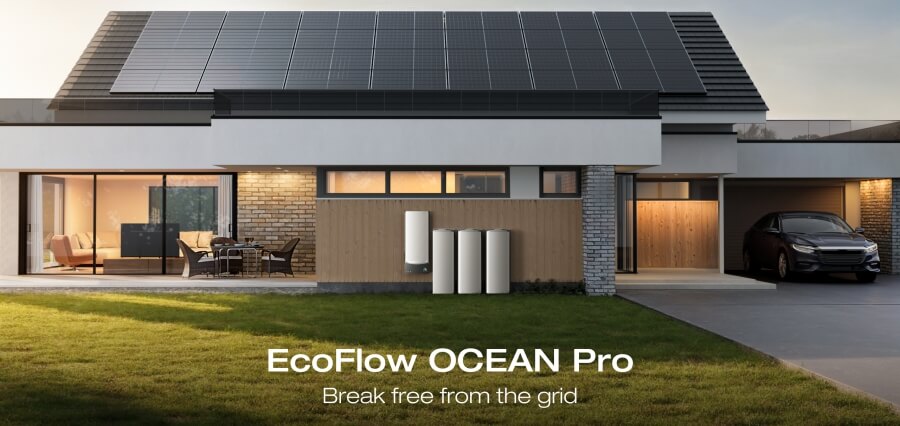
If solar panels are the muscles of a smart home energy system, the battery is the brain and heart rolled into one. A modern home battery does far more than sit quietly in the garage waiting for a blackout. It’s the centerpiece of an intelligent energy management system.
So, what should you look for in a home battery?
- High power output. It’s one thing to keep lights on, but a truly advanced system can run multiple appliances at once—air conditioning, fridges, washing machines, even EV chargers. Products like the EcoFlow DELTA Pro deliver strong continuous power output, making sure your home runs smoothly without compromise.
- You only need a modest setup today. But what about tomorrow? A growing family, a bigger home, or new energy-hungry appliances might shift your needs. A scalable system lets you start small and add more capacity over time, so you’re never locked into what you chose on day one.
- Multiple charging sources. The sun isn’t always shining. That’s why it’s essential for a system to be able to draw power not just from solar panels, but also from the grid or even a generator. Flexibility means reliability.
- Smarts built in. This is where things get exciting. The latest systems use AI to learn your energy usage habits. They can automatically prioritize when to store, when to use, and when to feed power back to the grid. And with easy-to-use mobile apps, you can monitor everything in real time from anywhere.
- Durability and safety. At the end of the day, a battery needs to be dependable. Certifications, long cycle lives, and reliable warranties are must-haves. A good solar battery is built not just for convenience, but for long-term peace of mind.
The combination of these features turns a simple “backup battery” into something much more powerful: the command center of your home’s energy future.
How eco-friendly power becomes a profit center
One of the most exciting aspects of smart energy systems is one that most people don’t expect: they can actually make you money.
Here’s how it works. More and more utilities are adopting something called Virtual Power Plants (VPPs). When you’re part of a VPP, your system can send stored energy back to the grid during times of high demand. It’s like renting out your battery’s spare capacity to the utility when they need it most.
For you, that means payments or credits on your account—turning your energy system into a mini business that earns while you sleep. For the grid, it means better stability and fewer fossil-fuel power plants kicking in to handle demand. It’s a win-win that transforms sustainable living from “the right thing to do” into a smart financial strategy as well.
Imagine looking at your electricity bill and seeing not just savings, but earnings. That’s not some futuristic idea—it’s already happening in communities worldwide.
Real-world examples of home energy in action

The shift to more brilliant, more independent home energy is not a distant vision—it’s happening right now, in very practical ways.
Families in hurricane-prone areas are installing solar-plus-storage systems so they can ride out days-long blackouts without worry. Rural homeowners are using them to power off-grid cabins and workshops, enjoying comfort in places where the grid doesn’t even reach. Urban households are joining VPPs, using their storage to earn passive income while helping stabilize city power networks.
The versatility is part of the appeal. Take EcoFlow’s DELTA Pro Ultra, for example. It’s a modular system that can be customized to fit a wide range of scenarios. Want just a small backup for the essentials? You can build it that way. Want to go entirely off-grid? Expand it to cover your entire home. That flexibility makes it accessible not only to early adopters or tech enthusiasts but to everyday families looking for reliability and savings.
And beyond the tech specs, the real-world stories speak volumes:
- Parents are able to keep medical equipment running during outages.
- Small businesses are staying open even when their neighborhoods go dark.
- Families camping off-grid with all the comforts of home, powered sustainably.
These aren’t futuristic use cases—they’re happening every day.
Looking ahead: why this matters more than ever
All signs point to one reality: our energy landscape is changing fast. Climate pressures, grid instability, and rising demand mean that the old way of “plug in and forget” simply isn’t enough anymore. However, the good news is that the tools to adapt are already here.
Smart home energy systems give us more than resilience—they provide us with choice. They let us decide when to use, when to store, and even when to sell energy. They turn our homes into active players in a cleaner, more reliable energy future.
It’s no longer about just keeping the lights on. It’s about control, confidence, and even contribution—being part of a shift that makes sense financially, practically, and environmentally.
The unseen advantages of smart home energy are becoming harder to ignore. And for households ready to take the leap, the journey starts with a single decision: to stop being passive consumers and start being active stewards of their own power.
Read More: Exploring the Strategies of India Digital Transformation Leaders

